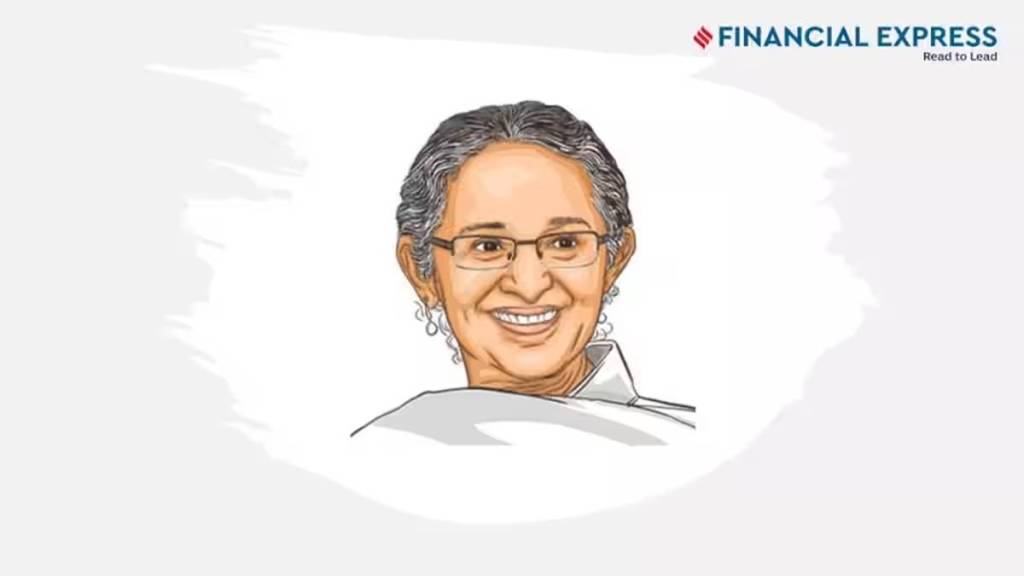The Reserve Bank of India (RBI)’s monetary policy is now more restrictive than necessary to reach the inflation target of 4%, external MPC member Ashima Goyal tells Piyush Shukla in an interaction. Goyal, after a long pause, voted for a rate cut and the change in the stance in the June MPC meeting, even as four MPC members, including governor Shaktikanta Das, voted for status quo. Excerpts:
After a long pause, you voted for change in stance/repo. Why?
The monetary policy is now more restrictive than necessary to reach the inflation target. Accordingly, I voted for a change in stance to “neutral’” from “withdrawal of accommodation” and a 25-bps cut in the repo rate.
You have said a cut in the repo rate would prevent retail interest rates rising to “unbearable levels.” What do you consider to be those levels?
The statement was in the context of small borrowers who face higher interest rates since spreads are high in India. Double-digit interest rates imply high servicing costs. Rising borrower stress reduces demand and hurts growth.
What’s India’s current growth potential?
It is difficult to measure aggregates precisely for any economy, especially for one as complex as India. But high frequency data also suggest that the growth is high. If, despite high growth, inflation is falling, it suggests we can safely grow even faster.
Do you expect fiscal consolidation to continue in the new coalition government?
Yes. High growth and tax buoyancy give the government the ability to increase spending as required, and yet meet consolidation targets. Having seen good results from stimulus through better composition of government expenditure, it is likely to continue with it.
What are the supply-side measures needed to control food inflation?
Measures that improve agricultural productivity, crop choices, marketing and logistics are the ones that are sustainable in the long-run.
You have talked about potential stress in the self-employed segment, if interest rates remain high for longer. Are there more segments prone to higher delinquencies?
High interest rates raise the probability of delinquency for sectors with high leverage. Retail loans have grown rapidly, but lending is risk-based, loans are small in size and prudential or preventive regulation has tightened for such loans. The more important issue is borrower stress reducing the aggregate demand.
Is there a possibility of headline inflation moderating to 4% in FY26?
Yes, because repeated supply shocks over the past year have not been able to disrupt the approach to the target.
When do you see pivot to rate cuts?
I do not necessarily see a pivot to rate cuts — only the repo adjusting closer to the required real rate


